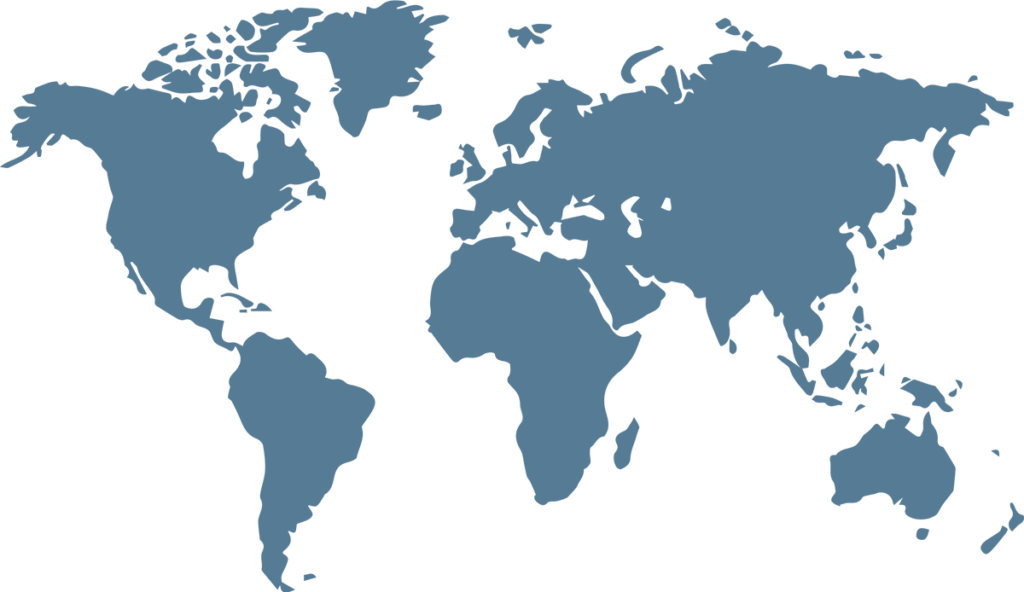Australia’s AUKUS nuclear-powered submarines will enjoy the freedom of navigation beyond Australian waters and freely be able to undertake Indo-Pacific patrols throughout the Pacific, Southeast Asia, the Indian Ocean and elsewhere. This is clear from any analysis of the 1982 United Nations Convention on the Law of the Sea (UNCLOS), which has a total of 169 state parties.
UNCLOS has been labelled a ‘package deal’ — an ‘all-or-nothing’ treaty whereby states either accept or reject its terms and accompanying rights and entitlements. Expansive maritime zones give coastal states considerable new maritime entitlements and counter-balance against the guaranteed freedoms of navigation for ships of all states, which maritime powers value.
Little significant distinction is made in UNCLOS between the navigational rights of merchant ships and warships, including submarines. But despite UNCLOS there remain tensions with respect to the navigational rights and entitlements of nuclear vessels and warships, and Australia’s AUKUS submarines may eventually sail into a sea of Indo-Pacific controversy. There are already indicators of choppy waters ahead. Since 1987, New Zealand has prohibited port visits of all nuclear-powered and nuclear-armed vessels. While this law would bar AUKUS submarines from visiting a New Zealand port, it would not impact their navigation in New Zealand waters while undertaking Tasman Sea patrols.
Likewise, while all of the South Pacific is a designated nuclear-free zone under the 1985 Treaty of Rarotonga, the freedom of navigation of nuclear-powered and nuclear-armed vessels remains under the treaty. But this has not stopped some of Australia’s Pacific neighbours from raising concerns over AUKUS and how comfortably Australia’s acquisition of nuclear-powered submarines sits alongside the Treaty of Rarotonga.
Australia’s Foreign Minister Penny Wong, and other Australian government officials have made it clear in their frequent visits to the South Pacific that Australia will uphold all of its commitments under the Treaty of Rarotonga and respect the South Pacific Nuclear Free Zone.
There have also been concerns within Southeast Asia over vessels carrying hazardous cargo and associated nuclear issues. At various times, regional states such as Singapore, Malaysia and Indonesia have sought to bar the transit passage of vessels carrying mixed oxide fuel to Japan through the Straits of Malacca and Singapore. These concerns also align with ASEAN as a nuclear-free zone under the 1995 Treaty of Southeast Asia Nuclear Weapon-Free Zone. Still, like the Treaty of Rarotonga, the freedom of navigation is not impacted by this ASEAN treaty.
Constraints on port visits and nuclear-free zones are unlikely to hinder where AUKUS submarines can navigate. But unilateral actions on the part of some states could have consequences for Australia. The potential for such actions have been highlighted by statements from regional government officials, such as Indonesia’s suggestion that the passage of Australian submarines would be barred because ‘AUKUS was created for fighting’.
The freedom of navigation of warships has historically been sensitive. A warship cannot enter a foreign port without first seeking permission, traditionally referred to as ‘diplomatic clearance’. While this constraint does not apply within the territorial sea, some coastal states insist that foreign warships can only enter their territorial sea following notification or authorisation. Indo-Pacific states that advance this position include Bangladesh, Cambodia, China, India, Indonesia, Malaysia, Myanmar, Pakistan, Philippines, South Korea, Sri Lanka, Vanuatu and Vietnam.
The emergence of AUKUS has given greater prominence to this debate, with Malaysia’s Defence Minister stating in March that the AUKUS submarines would need to seek permission to navigate through Malaysian waters and on the surface. But this view is not widely shared. It is especially rejected by the major Western maritime and naval powers, including Australia, and is regularly challenged by United States Freedom of Navigation Operations in the Chinese-claimed waters of the South China Sea.
This raises the question of how some Southeast Asian states may respond to increased maritime tensions in the South China Sea, over the Taiwan Straits or in East Asia. There are already concerns over Australian AUKUS submarines using Southeast Asian waters as an international maritime highway from Australia to the South China Sea and areas further north.
UNCLOS lays down the relevant international legal framework in peacetime. Debates on how UNCLOS should be interpreted take place on the margins, but its core provisions are generally respected. But if a regional armed conflict was to break out, it must be anticipated that a diverse range of positions will be taken on the freedom of navigation of what may be seen as belligerent vessels passing through neutral waters. Citing the 1936 Montreux Convention, Turkey’s denial of access to Russian warships through the Black Sea highlights the sensitivity associated with warship navigation during an armed conflict.
In Southeast Asia, ASEAN members may be particularly protective of their legal neutrality if any future regional conflict were to arise. They may unilaterally close their waters to the warships of belligerent powers, or of those supporting one party in a dispute. Australia will need to undertake the diplomatic groundwork now and in the future to ensure that AUKUS submarines enjoy accepted navigational rights at all times.
Source : East Asia Forum


